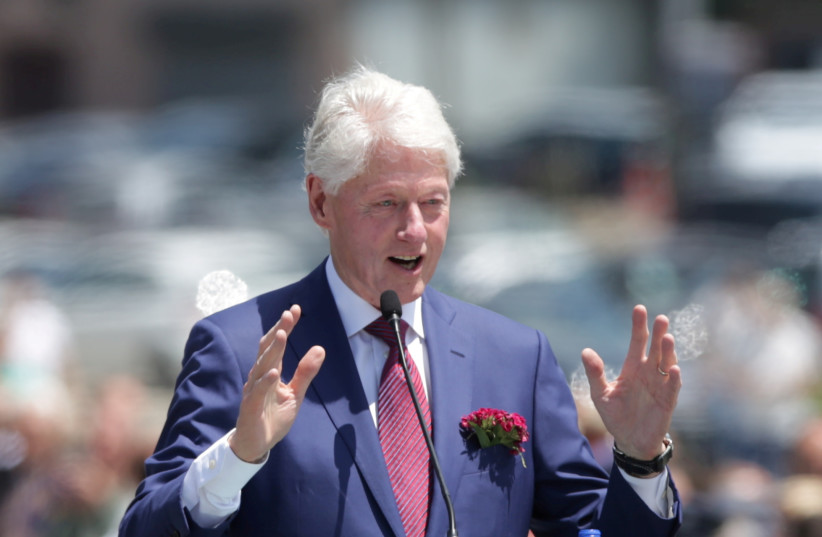In recent years, the political landscape has been marked by increasing polarization, with the political center disappearing and political discourse becoming increasingly binary. This trend was highlighted in the 2022 United States midterm elections, where the results were tighter than ever, with Republicans securing 222 seats and Democrats 213. The election of Majority Leader Kevin McCarthy, which required a remarkable 15 rounds of voting, serves as a prime example of the chaos and division that now defines the political landscape.
The absence of moderate voters has led to more extreme political rhetoric, with the 2024 elections expected to be even more intense. Political discourse will continue to be divisive and aggressive, and the differences between the two sides will only grow wider.
Many writers in the media, academia and politicians write apocalyptic predictions about the future of democracies. The thought underlying this writing says that political processes only go in one direction. Or in other words, if today’s extreme politics is successful, then we will be even more extreme politics in the future.
This is also the working assumption of many strategic consultants. Go with the trend. Be more aggressive and blunter. But this is a professional mistake.
The pendulum of political power swings back and forth
History teaches us that political dynamics can change quickly. The pendulum of political power often swings back and forth, with one extreme leading to another.

For example, after Ronald Reagan’s landslide victory in 1984, the Democratic Party was considered defeated and irrelevant, only for Bill Clinton to reclaim power eight years later. Similarly, the Republican Party appeared dead after Barack Obama’s decisive victory, only to be resurrected eight years later.
In 2008, Obama ran a campaign that appealed to both the left and the right, positioning himself as a centrist who could bring the country together. This strategy was effective in winning him the election and demonstrated the power of appealing to a broad spectrum of voters in a politically polarized environment.
Another strategy is to focus on issues that are important to a majority of voters, regardless of political affiliation. In the 2017 French presidential election, Emmanuel Macron successfully ran a campaign that focused on economic reform and job creation. These issues resonated with voters across the political spectrum and helped Macron win the election in a field of highly polarized candidates.
In addition to appealing to a broad spectrum of voters and focusing on important issues, it is also important for leaders to be able to navigate the political landscape with strategic foresight. This requires not only understanding current political trends but also being able to anticipate future trends and adjust their political strategies accordingly.
For example, in the 2020 US presidential election, Joe Biden’s campaign made strategic use of social media and targeted advertising, which helped him win the election despite facing an incumbent president with a strong base of support.
Another example of a politician who successfully navigated the political landscape with strategic foresight is Angela Merkel, the former German chancellor. Throughout her political career, Merkel was known for her ability to read the political landscape and adjust her strategies accordingly.
In 2005, when the political landscape in Germany was shifting towards the right, Merkel shifted her political strategies to the right in order to align with a broader spectrum of voters. This strategy was successful and Merkel went on to become one of the most successful and influential leaders in German history.
In conclusion, the political landscape may seem extreme and divisive at the moment but history teaches us that political dynamics can change quickly. The pendulum of political power often swings back and forth and a strong leader who can appeal to the center could bring a decisive victory.
The writer is a founder of www.perception.media, a strategic adviser and a creative director to world leaders.
